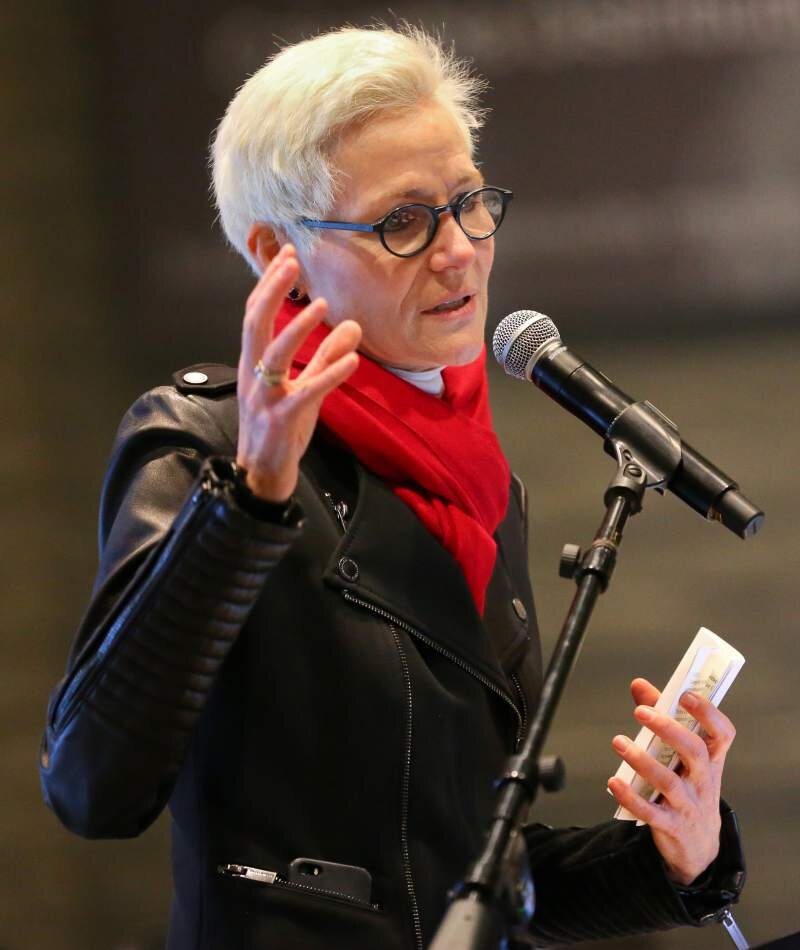Nonprofit theater the latest industry to oppose California's new independent contractor law
by Gary Quackenbush, North Bay Business Journal
Published February 27, 2020




Add another industry to the list of those who see real problems with a new California law requiring employers to classify contractors as employees: the operators of theater groups and other entertainment venues.
Sixty-five representatives from Sonoma County theater groups came to Luther Burbank Center for the Arts in Santa Rosa earlier this month to hear from a panel of labor law experts, California Arts Advocates and industry professionals discuss the new law (Assembly Bill 5) and get answers to their questions about the possibility of having to reclassify current independent contractors as employees. The forum was sponsored by the center and Creative Sonoma, a division of the Economic Development Board of Sonoma County that provides programs and services supporting the creative community.
“Our primary concern is how and when this legislation will apply, when will the state start enforcing its provisions and how arts organizations plan to cope with an uncertain future,” said Kristen Madsen, director of Creative Sonoma. “There are upwards of 200 nonprofit arts organizations in Sonoma County and a majority have small operating budgets.”
Artists can’t exist on $500 for each project, and people are not going to pay Broadway prices for local theatrical productions.Lisa Ann Hilario of Spaulding, McCullough & Tansil
Labor law attorney Lisa Ann Hilario with Spaulding, McCullough & Tansil LLP said AB 5 is extremely complicated.
“It was a 15-page, single-line-spaced statute that in effect changes employer and worker relationships,” Hilario said. “Artists can’t exist on $500 for each project, and people are not going to pay Broadway prices for local theatrical productions. Performance prices will probably rise to cover higher costs.”
The law requires that workers meet a three-part ABC test to qualify as independent contractors or else be considered as employees. Hilario said AB 5 today “is not workable for many sectors of the economy.”
Attorney Daryl Reese with Johnson Thomas, Attorneys at Law, PC, a business and nonprofit law specialist, said, “There is a lot of frustration right now among arts and culture organizations, as well as anxiety about how to comply with the complexities of this legislation.”
While “compliance is essential, there will probably be a series of clean-up changes over the next two years to make this bill more palatable and reasonable for a lot of industries,” Reese said. “AB 5 is poorly written and not well thought through. Yet it is here and enforceable. Several legal challenges have been brought forward from those opposed to this law, but we have to deal with it as it is. There are serious implications for employers as well as employees if AB 5 is not followed.”
Ashleigh Worley, director of education and community engagement with the Luther Burbank Center for the Arts in Santa Rosa, said with so much misinformation and a lack of understanding of AB 5, the thought of making teaching artists employees is scary.
“We have to determine what we want for our industry,” Worley said. “One thing is certain … many small nonprofit art groups are not financially ready for AB 5.”
She said that while large arts organizations typically have higher budgets and are in a better position to transition some workers from independent contractor to employee status, small arts groups will be hard hit. To add teaching artists that present programs in schools to the payroll for their class time could cost $75 to $80 per hour, which could mean hiring fewer in this category, or reducing the hourly rate.
